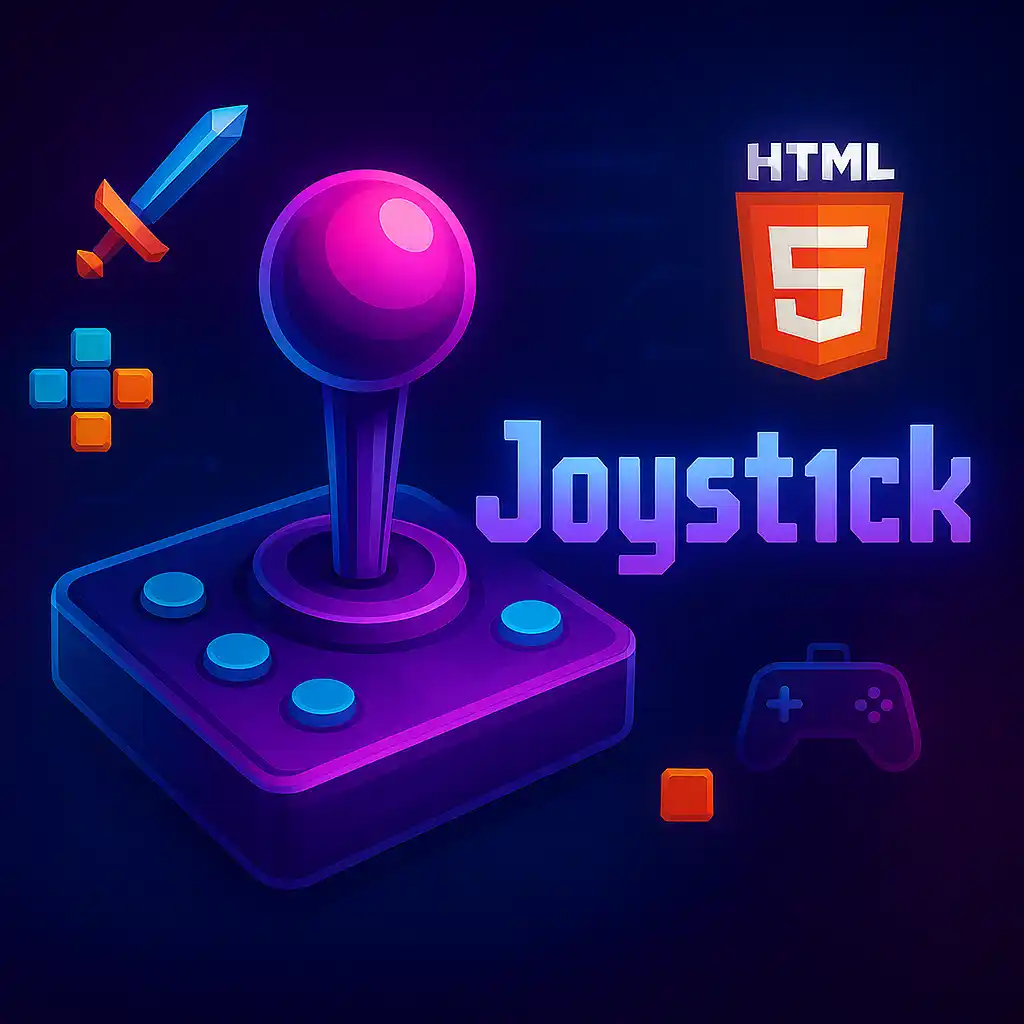Table of Contents
Core Mechanics for a Compelling Platformer Game
1. Movement and Controls
- Smooth Character Movement: Ensure responsive and intuitive character movement. Players should feel in control with tight and predictable physics.
velocity.x += (inputX * speed) * deltaTime;
velocity.y += (gravity - inputJump) * deltaTime; - Jump Mechanics: Implement a variable jump height based on how long the jump button is pressed, providing a sense of control and versatility.
2. Physics Interactions
- Gravity Management: Customize gravity’s influence to achieve the desired game feel. Experiment with gravity scales to suit your aesthetic.
- Collision Detection: Use efficient algorithms to handle collision checks, such as AABB (Axis-Aligned Bounding Box) or ray casting for precise interactions.
3. Level Design and Progression
- Modular Level Design: Create levels that evolve in complexity, offering diverse challenges that grow with the player’s skill.
- Pacing and Difficulty Curves: Balance the introduction of new mechanics with player progression, maintaining engagement without overwhelming.
4. Visual and Audio Feedback
- Responsive Animations: Ensure character animations align with the gameplay, offering visual feedback that matches player actions.
- Sound Design: Use sound effects to reinforce actions like jumps and landings, adding depth to the game’s immersion.
5. Innovation and Uniqueness
- Innovative Mechanics: Introduce unique mechanics or level designs that set your platformer apart.
- Theme Integration: Align game mechanics with the game’s story or theme to create a cohesive and memorable experience.
Play free games on Playgama.com
